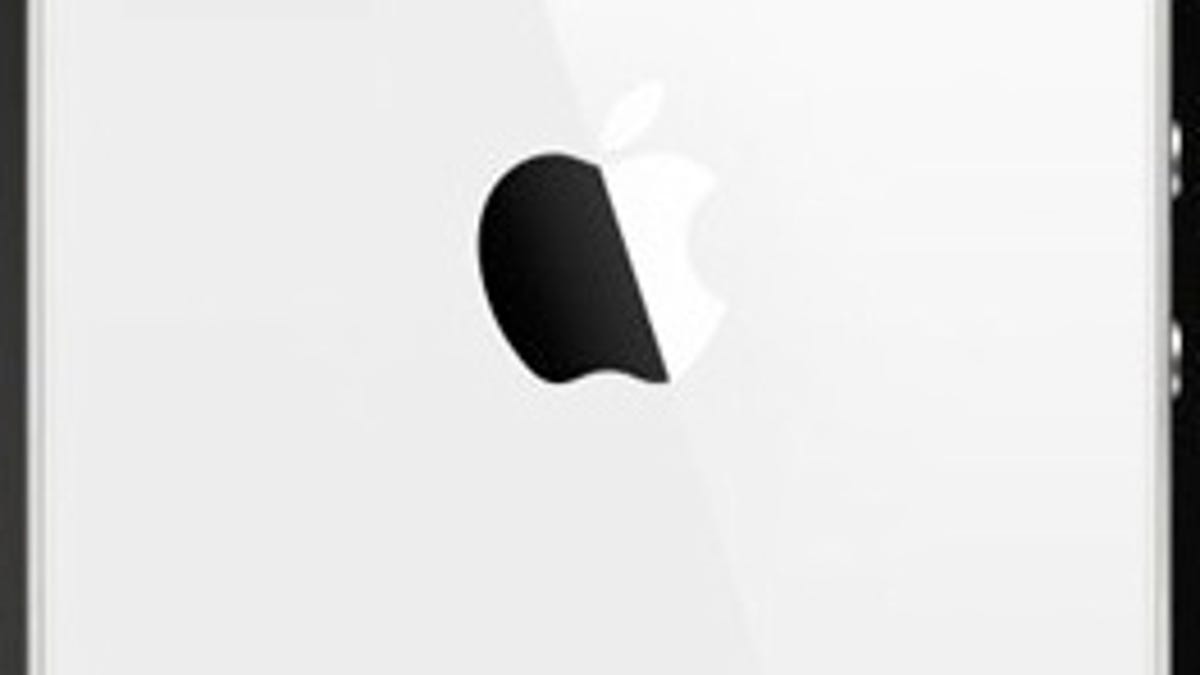HTC One X hints at iPhone 5 challenges
Getting a fast, next-generation Apple chip into the iPhone 5 isn't a cakewalk.

The HTC One X is living proof that big processors and LTE don't pair up easily in phones. This may offer a lesson in what to expect in the upcoming iPhone.
Qualcomm has cornered the market -- at the moment -- for putting LTE functionality and the processor on one piece of silicon. Thus, we have the HTC One X (and reportedly the Verizon Galaxy s3) coming to Verizon with dual-core and LTE -- not quad-core as some had hoped.
And we may be seeing a pattern: the same phone (e.g., the HTC One X) being announced in Europe with quad-core, then announced in the U.S. with dual-core.
What does this mean for Apple? Well, the current A5X chip in the third-generation iPad probably wouldn't find a very happy home in the next iPhone if it's packing LTE. The quad-core A5X is relatively big and uses lagging-edge Samsung manufacturing technology (which is one of the reasons it's big).
Of course, things will improve if Apple is able to tap Samsung's more-advanced 32-nanometer manufacturing tech. But will that be enough to package LTE and, let's say, a more demanding A6 chip into the next iPhone? Remember, fitting quad-core (in the case of the A5X, quad-core graphics) into an iPad is not the same as shoehorning it into a smaller iPhone.
The problem is that Apple uses the same chip ecosystem as everyone else. And it's not immune to the same manufacturing challenges that more seasoned chip companies like Nvidia, Texas Instruments, and Qualcomm face.
"You have to compromise on the processor in the U.S. to get LTE right now. And I do think Qualcomm has is a compromised processor versus a quad-core Tegra," said Patrick Moorhead, president and principal analyst at Moor Insights & Strategy.
"If you use a large-screen phone as a small tablet there can be a [performance] penalty," he said, referring to the dual-core Qualcomm S4.
That said, the Qualcomm Snapdragon in the One X isn't exactly slow. "[It] is easily the fastest or among the fastest on the market today. Android feels very smooth and snappy on the AT&T One X. Applications load quickly, as do web pages," said Anandtech.
And rest assured that the solution Apple comes up with for the next iPhone likely won't be wanting in performance. But it will be interesting to see how Apple gets there.
Addendum: the upcoming iPhone will not necessarily need an A5X with quad-core graphics because there are fewer pixels, compared to the gen 3 iPad, to push around. But Apple will still need to deliver better performance and LTE in the same device. That's the challenge.

